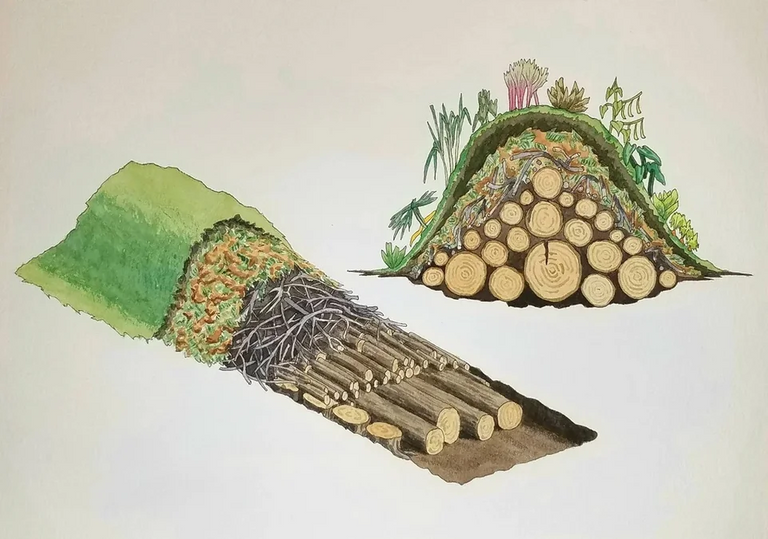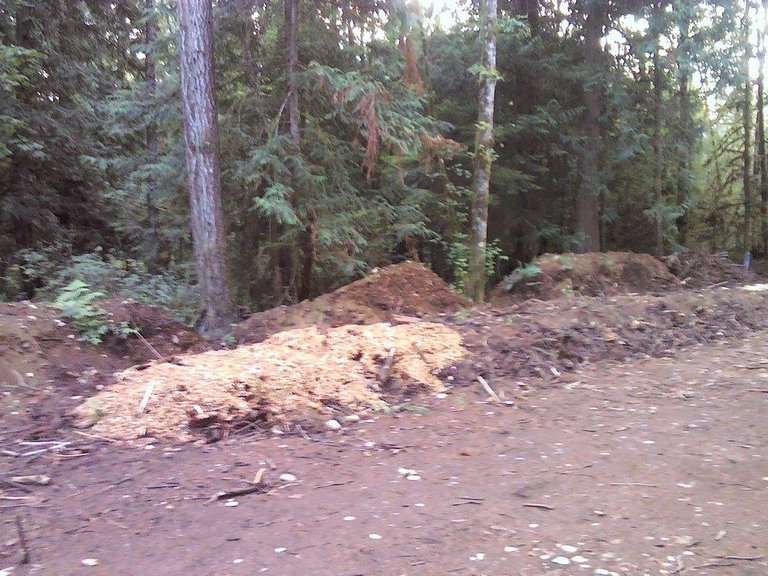In my last Permaculture post I discussed mulching as an effective way to help the water retention of your soil, while providing lots of nutrients over an extended time. Today I want to keep raising this technique to new levels, quite literally, in the form of Hügelkultur. Hügel means Hill in German (and I bet you can guess Kultur!), so this gardening method is often called hill or mound beds in English. Essentially they are advanced forms of lasagna beds, which also includes thick logs and other large-scale organic debris, and can rise up to shoulder high above ground level.
Multiple Benefits of a Hügel Bed
Just as in the case of sheetmulching, the ground is covered with various layers of compostable materials. Unlike with simple sheetmulching, the logs and branches inside a Hügel will take several years to decompose, offering your plants many seasons of nutrients. Since the bulk of the mound is made up of wood, the decomposing material will become more and more porous, which can soak up more and more water. Due to the constant decomposition inside the bed, and the elevated planting area above the level of ground frost, the Hügel is also likely to extend your growing season. This is especially true if you build it in a horseshoe form, opening towards the South, creating an effective suntrap. The elevated planting beds also come in handy for gardening work you don't have to bend down for.
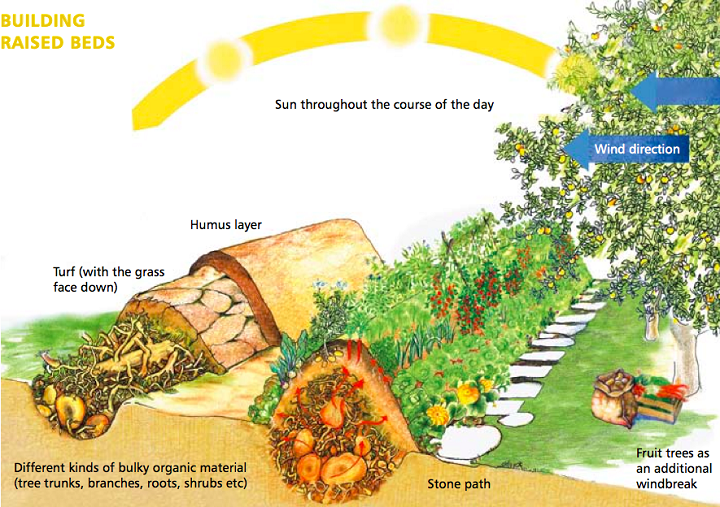
Building Your Hügel-culture
A Hügelkulture can be built from the ground up, or you may dig a trench underneath if you're counting on plenty of water. The rule of thumb is always to put the material that takes the longest to decompose on the bottom, and build your way up from there. Recently cut logs, heartwood, or hardwood go way down below, followed by wood that is already rotting away happily. On top of the thicker logs you place layers of thinner branches, twigs, wood chips, then continue with straw, leaves, compost, and finally a good layer of fertile soil that you can plant into right away. Around the leaves and straw you may also include a layer of manure, cardboard, lawn clippings, kitchen compost, or whatever organic wastes you may have lying around. Just make sure they are well covered. And don't forget to water each layer to give your Hügel a good head start.
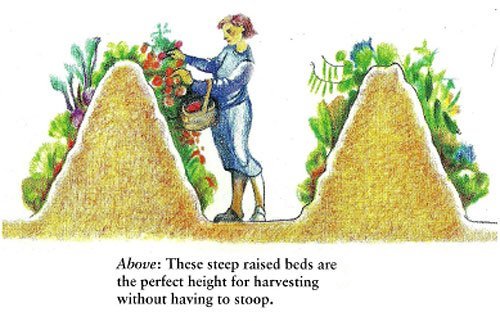
Is All The Extra Work Really Worth It?
Granted, compared to a regular lasagna bed, a Hügelkultur involves a lot more work: Logs, branches, and sticks need to be cut and moved into place, then covered in several layers, which due to its hill shape will require a lot more material, while at the same time the benefits of a Hügel are pretty much the same as in sheetmulching: water retention and long term release of nutrients. Still, I would say the difference between the two is immense, since the Hügel does all that much better, and over longer time periods. So if you have the material available - and what else would you be doing with so much rotting wood? - I would say it's definitely worth the effort.
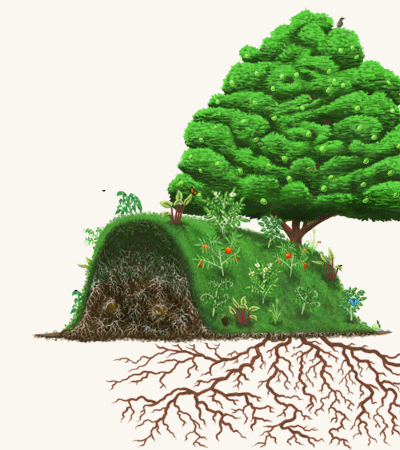
Note: I wrote this post and published it on this external site a few months ago. You can find more sustainability related posts in my series Permaculture in Theory and Practice.
